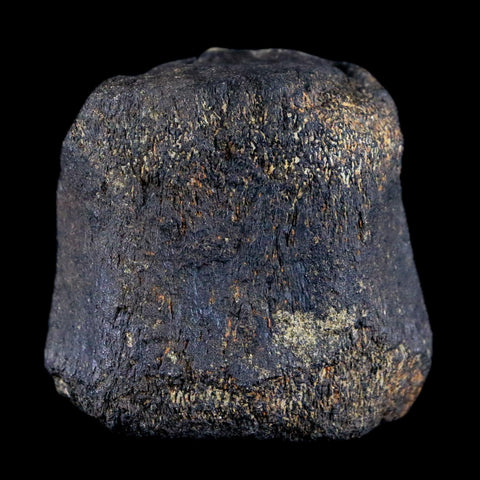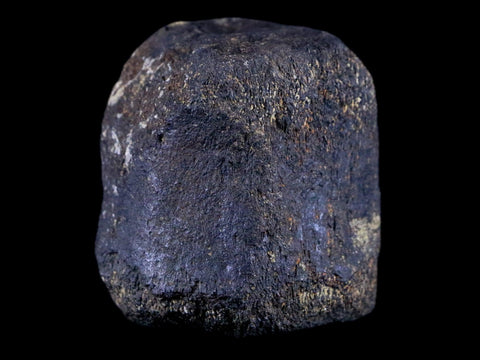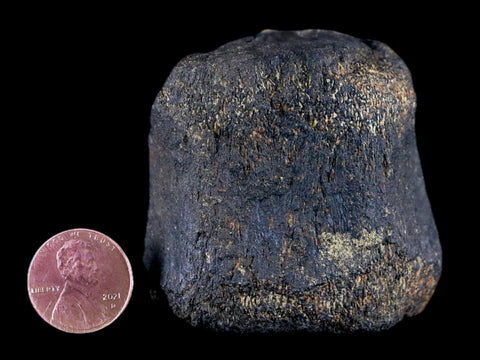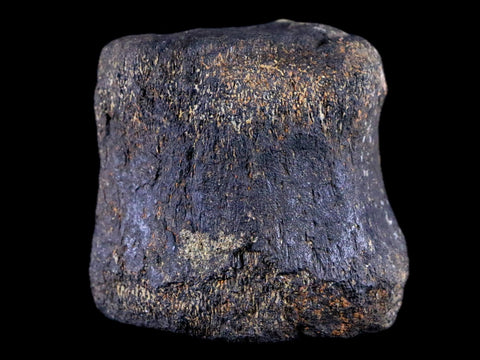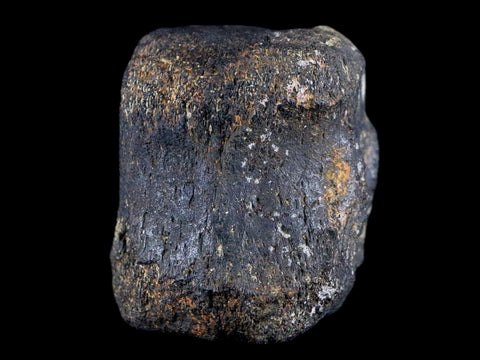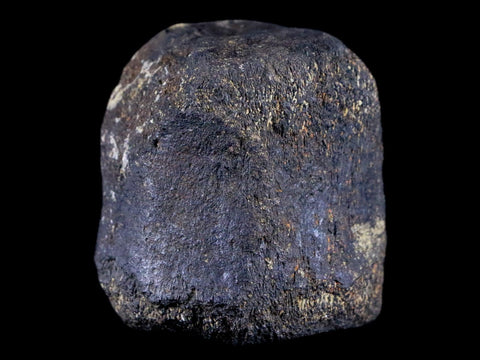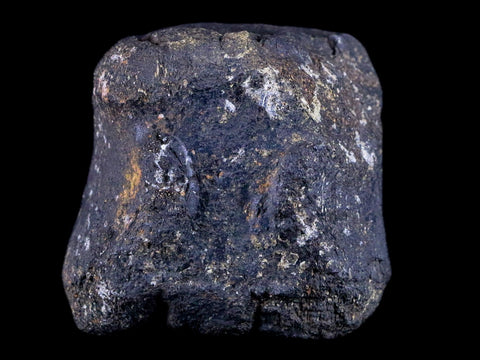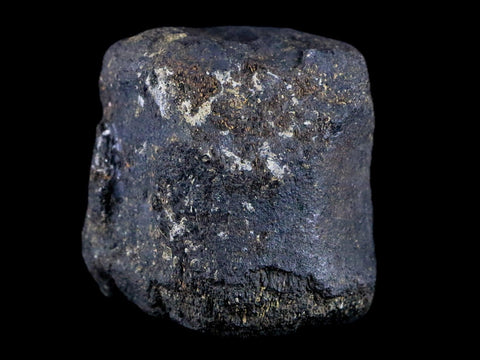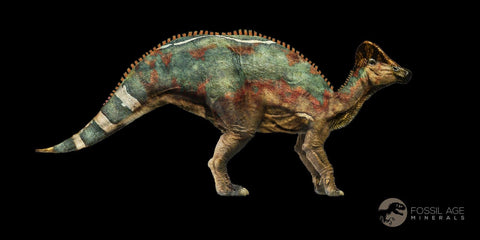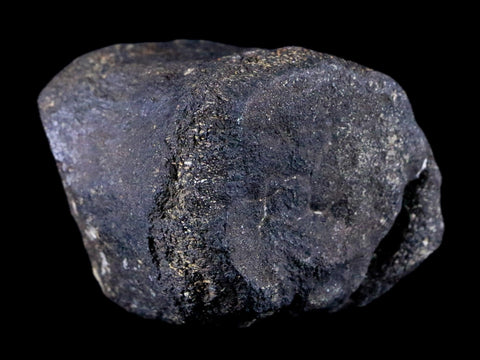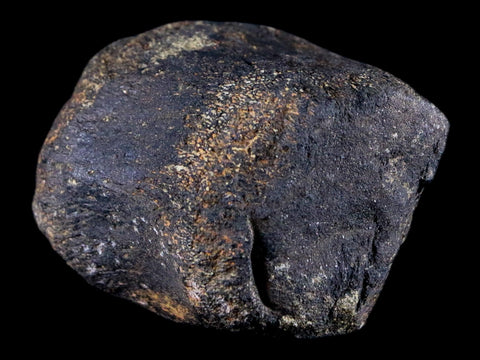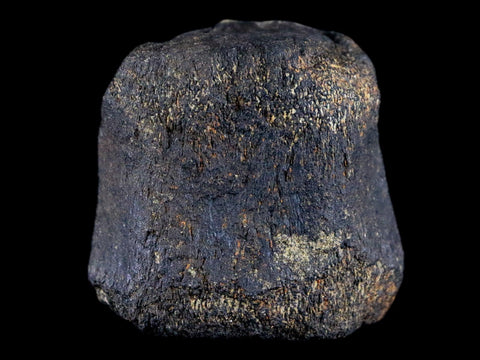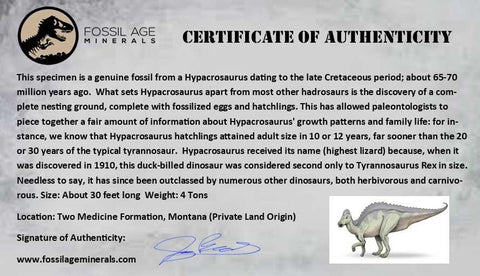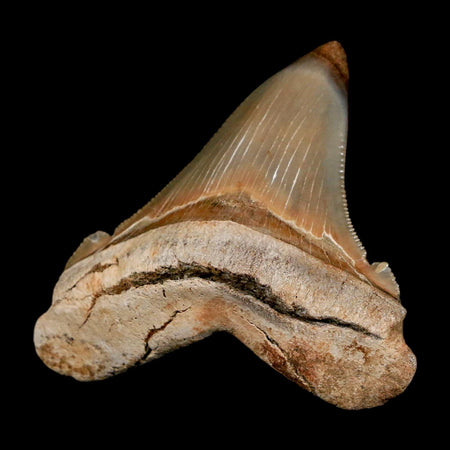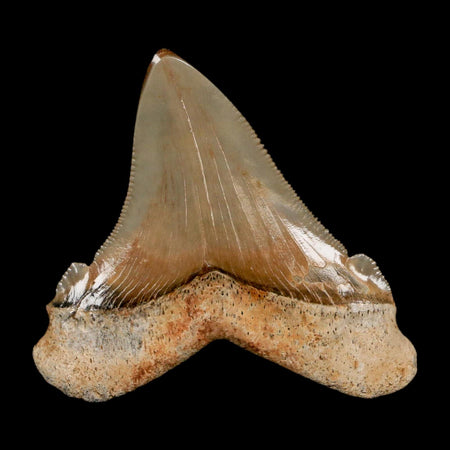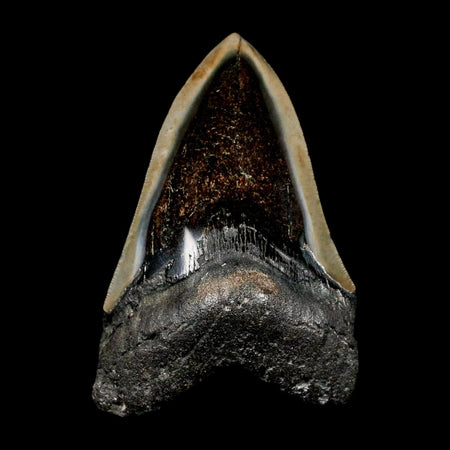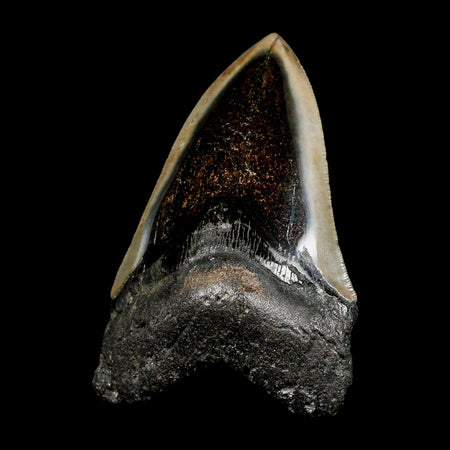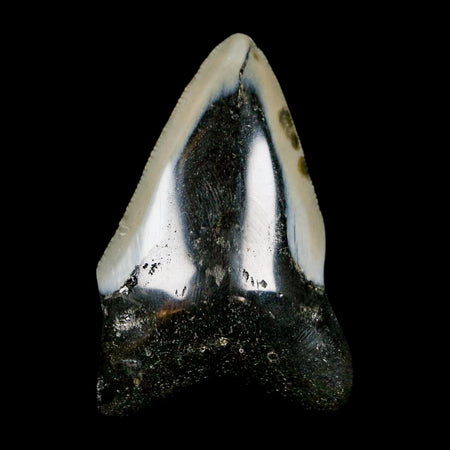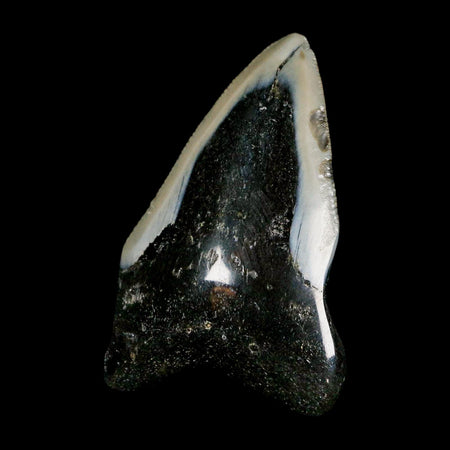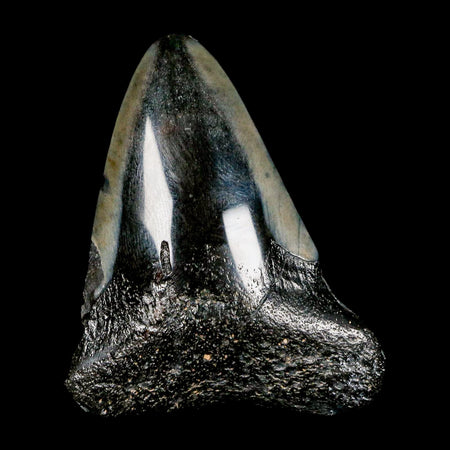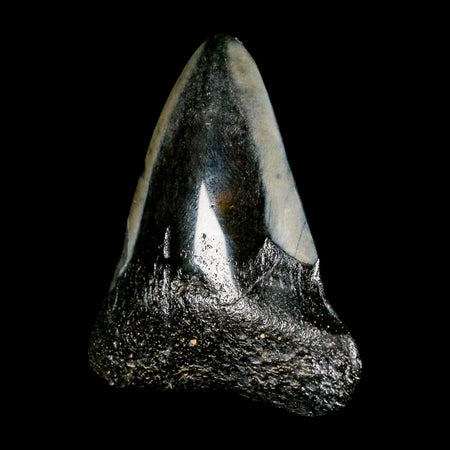2.1" Hypacrosaurus Dinosaur Fossil Vertebrae Bone Two Medicine FM Montana COA
Location: Two Medicine Formation, Montana (Private Land Origin)
Weight: 7.4 Ounces
Dimensions: 2.1 Inches Long, 2 Inches Wide, 1.8 Inches Thick
Comes with a Certificate of Authenticity.
The item pictured is the one you will receive.
This is a real fossil.
Hypacrosaurus Dinosaur
Hypacrosaurus means ‘near the highest lizard’, and in this context, the ‘lizard’ was actually the dinosaur Tyrannosaurus, one of the largest dinosaurs in the ecosystems of late Cretaceous North America, but only about a third larger than Hypacrosaurus in the largest individuals (twelve meters for a large individual Tyrannosaurus compared to nine meters for Hypacrosaurus). Interestingly, Hypacrosaurus and other dinosaurs like it may have actually been prey to Tyrannosaurus and other related genera such as Albertosaurus. Evidence for this comes from a huge bite wound inflicted on the back of an Edmontosaurus that closely matches the shape of a Tyrannosaurus' mouth. Because the bones in the wound actually healed afterwards, this proves that the Edmontosaurus in question was alive when it happened, and not a case of a tyrannosaur simply scavenging an existing carcass.
The presence of about twenty eggs in each Hypacrosaurus nest indicates they reproduced rapidly to offset high mortality rates. With stable environmental conditions, this suggests Hypacrosaurus was a frequent prey target. Beyond tyrannosaurs, smaller predators like troodontids, such as Troodon, posed a significant risk, especially to the younger Hypacrosaurus, limiting how many survived into adulthood. This insight highlights the dynamic ecosystem these fossils reveal, making this vertebral bone a remarkable piece for any collector.
The crest of Hypacrosaurus closely resembles that of its relative Corythosaurus, but is broader and lower. Its hollow structure firmly places Hypacrosaurus within the lambeosaurine hadrosaurid group, known for such distinctive crests. Among several theories on the crest's purpose, the most compelling suggests it served as a visual display, helping different hadrosaur species recognize one another—much like how the varied horns and neck frills distinguish ceratopsian dinosaur genera. This fascinating detail makes this fossil vertebra a captivating addition for any enthusiast.



